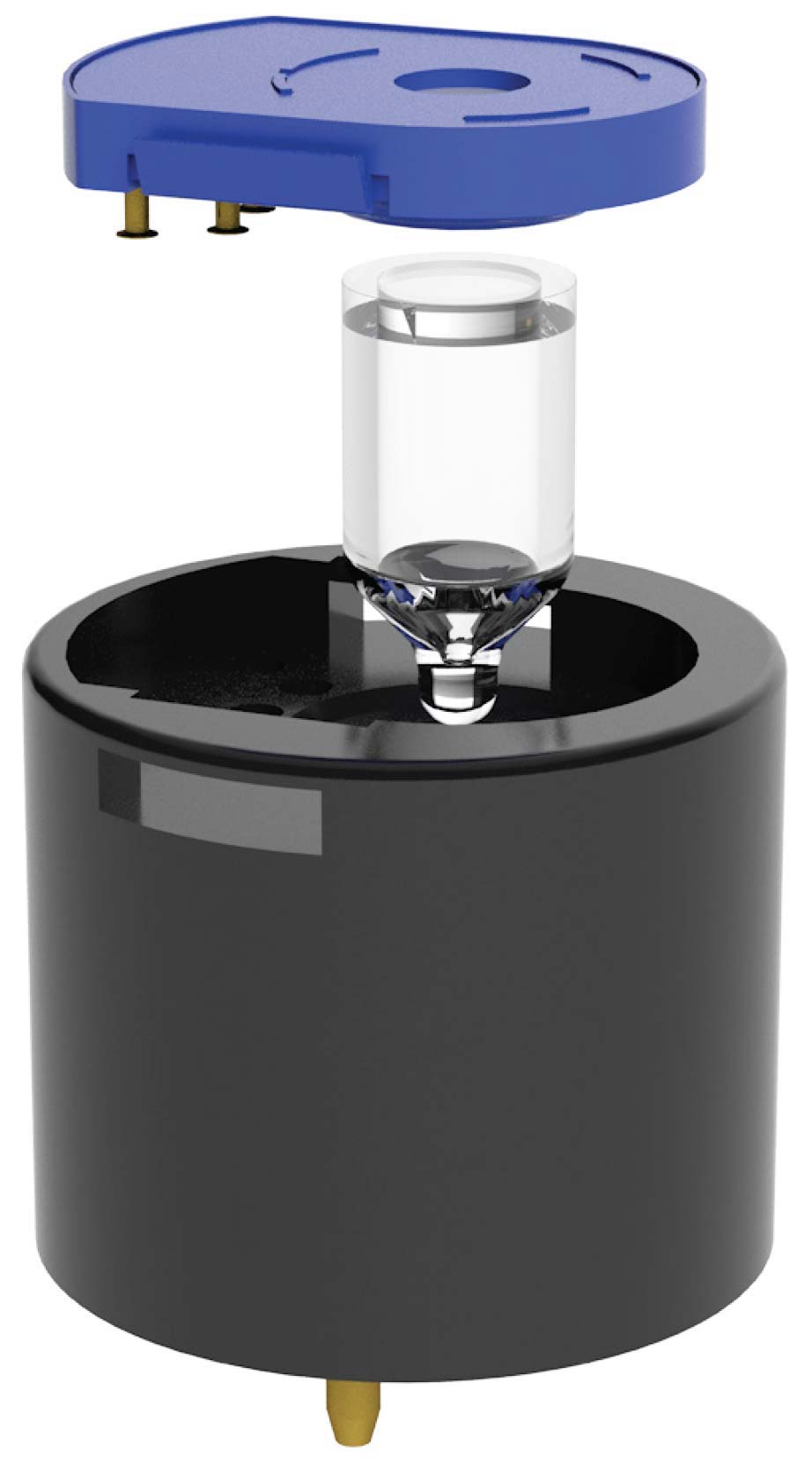Total Volatile Organic Compounds
Total Volatile Organic Compounds (TVOCs) refer to a broad range of organic chemical compounds, many of which are harmful to human health and the environment. These compounds are characterized by their high vapor pressure, which leads to their volatility under normal indoor atmospheric conditions. TVOCs include a variety of chemicals, some of which may have short- and long-term adverse health effects.

TVOCs can originate from a variety of sources. They are commonly found in products we use daily, including paints, cleaning supplies, pesticides, building materials, furnishings, adhesives, air fresheners, and even certain types of textile. They can also be produced by activities such as cooking, smoking, or using wood-burning stoves. Industrial processes, wildfires and vehicle emissions are significant outdoor sources of TVOCs.
Formaldehyde: This is commonly found in resins used in the manufacture of composite wood products like hardwood plywood, particleboard, and fiberboard. It’s also in building materials, insulation, and cigarette smoke. Exposure can cause irritation of the skin, eyes, nose, and throat. High levels of exposure may cause some types of cancers.
Benzene: This VOC is found in tobacco smoke, stored fuels, and exhaust from cars. It’s used in the manufacture of plastics, resins, synthetic fibers, rubber, dyes, detergents, drugs, and pesticides. Long-term exposure can lead to harmful effects on the bone marrow and can cause a decrease in red blood cells, leading to anemia. It can also cause excessive bleeding and can affect the immune system, increasing the chance for infection.
Toluene: This is used in a variety of products, including paints, chemical reactants, rubber, printing ink, adhesives, lacquers, leather tanners, and disinfectants. Exposure can result in tiredness, confusion, weakness, memory loss, nausea, loss of appetite, and hearing and color vision loss. In severe cases, it can cause kidney or liver damage.
Ethylene Glycol: This is used in antifreeze and de-icing solutions for cars, airplanes, and boats. It’s also used in hydraulic brake fluids and inks used in stamp pads, ballpoint pens, and print shops. Exposure can cause a variety of harmful effects, such as breathing problems, nausea, vomiting, diarrhea, and even kidney damage.
Xylene: This is used as a solvent in printing, rubber, and leather industries. It’s also found in small amounts in airplane fuel, gasoline, and cigarette smoke. Exposure can lead to headaches, lack of muscle coordination, dizziness, confusion, and changes in one’s sense of balance.
Technology
TVOC sensors work by detecting the presence and concentration of these compounds in the air. Particles Plus® air quality monitors use high quality photoionization detector (PID) sensors. This type of sensors use ultraviolet light to ionize the TVOCs in the air. When the compounds are ionized, they release electrons, which generate an electric current. The sensor measures this current to determine the concentration of TVOCs in the air.
Understanding TVOCs and their impact is crucial when working with products or services related to air quality, health, and environmental sustainability. It’s essential to communicate the benefits of products like TVOC sensors effectively, emphasizing their role in improving indoor air quality and protecting health. This can be achieved by using data-driven strategies to highlight the prevalence of TVOCs and the potential health risks they pose, thereby demonstrating the value and necessity of such products.